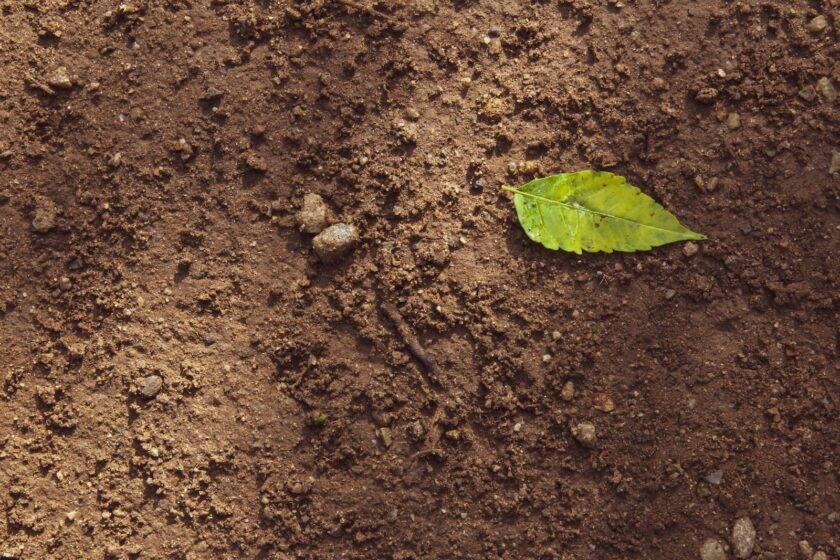When it comes to growing healthy and vibrant plants, one of the most critical factors is the quality of the soil. Unfortunately, many people assume that soil quality is beyond their control or that Build a Soil requires expensive equipment and materials. However, the truth is that anyone can learn how to build a soil using affordable, natural ingredients. In this comprehensive guide, we will explore the fundamentals of soil building, including the essential nutrients plants need, the importance of pH balance, and the best ingredients to incorporate into your soil.
1. The Fundamentals of Soil Building
Soil building involves creating a rich and fertile growing medium that contains all of the essential nutrients plants need to thrive. Building a soil involves creating a balance of organic matter, minerals, and microorganisms to support healthy plant growth. It is essential to create a soil that is well-aerated, nutrient-rich, and has a pH level that is appropriate for the types of plants you are growing.
2. Understanding Essential Nutrients for Plants
Plants require three primary nutrients to grow: nitrogen, phosphorus, and potassium. Nitrogen is critical for promoting healthy leaf growth, while phosphorus supports root growth and flower formation. Potassium helps to regulate plant functions and aids in the development of strong stems. In addition to these primary nutrients, plants also require secondary nutrients like calcium, magnesium, and sulfur, as well as trace elements like iron, copper, and zinc.
3. Achieving the Right pH Balance
The pH level of your soil is a crucial factor in plant growth. Different plants thrive in different pH levels, so it is essential to determine the ideal pH for the plants you are growing. Soil pH is measured on a scale of 0 to 14, with 7 being neutral. Acidic soils have a pH level below 7, while alkaline soils have a pH level above 7. Most plants prefer a slightly acidic soil with a pH level between 6 and 7.
4. Selecting the Best Soil Ingredients
Building a soil requires selecting the right ingredients to create a nutrient-rich and well-draining growing medium. Some of the best ingredients to incorporate into your soil include compost, worm castings, peat moss, perlite, vermiculite, and coconut coir. These ingredients provide essential nutrients, promote healthy soil structure, and improve soil drainage.
5. The Role of Composting in Soil Building
Composting is an essential part of soil building, as it provides a rich source of organic matter that improves soil fertility and structure. Composting involves breaking down organic materials like food scraps, yard waste, and leaves to create a nutrient-rich soil amendment. Adding compost to your soil can improve soil structure, increase water retention, and provide essential nutrients to plants.
6. Building Soil for Specific Plant Types
Different plants have different soil requirements, so it is essential to tailor your soil building efforts to the plants you are growing. For example, acid-loving plants like blueberries and azaleas require a soil with a lower pH level, while plants like tomatoes and peppers thrive in a slightly acidic soil. It is also essential to consider the drainage requirements of different plants, as some plants
require well-draining soil, while others prefer soil that retains moisture. By researching the specific needs of the plants you plan to grow, you can create a soil that is perfectly suited to their requirements.
7. Testing and Monitoring Soil Quality
To ensure that your soil is providing the optimal growing conditions for your plants, it is essential to test and monitor the quality of your soil regularly. Soil testing kits are available at most garden centers and can provide valuable information about the pH level, nutrient levels, and soil structure of your soil. By regularly testing and monitoring your soil, you can make adjustments and corrections to ensure that your plants are getting the nutrients they need to thrive.
8. Common Soil Building Mistakes to Avoid
When building a soil, there are several common mistakes that gardeners make. These mistakes can lead to poor soil quality, reduced plant growth, and even plant failure. Some of the most common soil building mistakes include over-fertilizing, using poor-quality soil ingredients, neglecting to adjust soil pH, and failing to provide proper drainage. By avoiding these mistakes and taking a thoughtful, intentional approach to soil building, you can create a growing medium that supports healthy plant growth.
9. Maximizing Your Soil Building Efforts
To get the most out of your soil building efforts, it is essential to take a holistic approach to plant care. This includes providing your plants with adequate sunlight, water, and nutrients, as well as practicing proper pruning and pest management techniques. By combining these practices with a well-built soil, you can create the optimal growing conditions for your plants and ensure that they thrive.
10. Conclusion
Building a soil may seem like a daunting task, but with a little knowledge and effort, anyone can create a nutrient-rich growing medium that supports healthy and vibrant plant growth. By understanding the essential nutrients plants need, the importance of pH balance, and the best ingredients to incorporate into your soil, you can create a soil that is perfectly suited to your plant’s needs. By testing and monitoring your soil quality regularly and avoiding common soil building mistakes, you can ensure that your plants have the optimal growing conditions they need to thrive.
11. FAQs
How often should I test my soil quality?
It is recommended to test your soil quality at least once a year, preferably in the spring before planting.
Can I use store-bought soil instead of building my own?
While store-bought soil can be a convenient option, it may not provide the optimal growing conditions for your plants. Building your soil allows you to tailor the nutrient content and pH balance to your specific plant’s needs.
Can I build a soil for indoor plants?
Yes, the principles of soil building apply to indoor plants as well. Just be sure to select ingredients that provide adequate drainage to prevent root rot.
Can I build a soil in a container or raised bed?
Yes, soil building is an excellent option for container or raised bed gardening. Just be sure to select ingredients that provide adequate drainage and support healthy plant growth.
Can I use chemicals instead of natural ingredients to build my soil?
While chemical fertilizers can provide a quick boost of nutrients to your soil, they can also have negative impacts on soil quality and long-term plant health. Using natural ingredients is a more sustainable and environmentally-friendly approach to soil building.

As an architecture and interior designer, I am passionate about creating spaces that inspire and delight those who inhabit them. With over a decade of experience in the industry, I have honed my skills in both the technical aspects of design and the art of crafting beautiful, functional spaces.
After earning my degree in architecture, I began my career working for a prestigious firm where I was exposed to a wide range of projects, from commercial buildings to high-end residential properties. During this time, I developed a keen eye for detail and a deep appreciation for the importance of form and function in design.
In recent years, I have struck out on my own, founding my own design studio where I have been able to further explore my passion for interior design. I believe that a well-designed space can transform the way people live and work, and I take pride in working closely with clients to understand their needs and create spaces that exceed their expectations.
Throughout my career, I have been recognized for my innovative and creative approach to design, and have been honored with a number of awards and accolades. When I’m not working on design projects, you can find me exploring the outdoors or seeking inspiration in the world around me.



